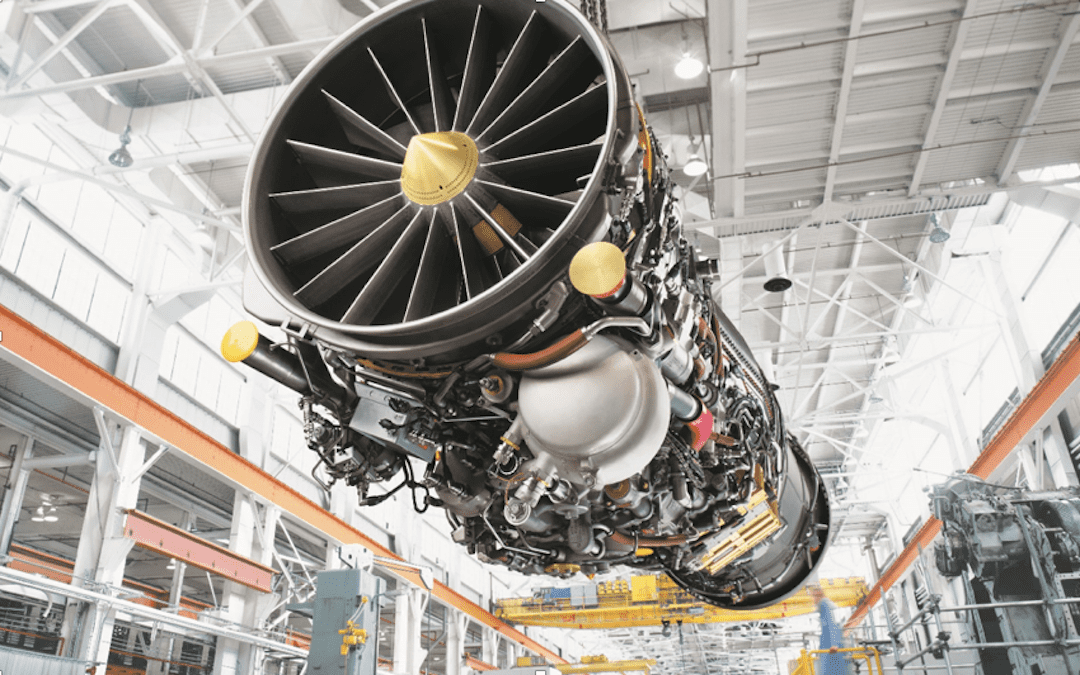SOURCE: RAUNAK KUNDE / NEWS BEAT / IDRW.ORG


India and the United States have taken significant strides in advancing priority co-production projects, including the crucial GE F-414 engine, which is set to power India’s next-generation Tejas Mk-2 aircraft. This collaboration marks a significant step in enhancing India’s defense capabilities while strengthening the strategic partnership between the two nations.
The US-based company GE Aerospace has provided its cost estimate for the co-production deal of the F-414 engines. Negotiations on the final pricing are expected to be completed soon, paving the way for Hindustan Aeronautics Limited (HAL) to locally manufacture the engines in India within the next three years. The co-production arrangement includes an impressive 80% Transfer of Technology (ToT), which will significantly boost India’s domestic manufacturing capabilities in the defense sector.
However, a notable aspect of the ongoing negotiations is GE’s intention to retain the Intellectual Property Rights (IPR) for the engine technology. Despite the extensive ToT, GE seeks to keep the proprietary rights to itself, potentially impacting the depth of technological knowledge transfer and future independent production capabilities for India.
Each unit of the F-414 engine is estimated to cost approximately $10 million. This high cost reflects the advanced technology and manufacturing processes involved in producing a state-of-the-art fighter jet engine.
In June 2023, GE and HAL signed a Memorandum of Understanding (MoU) to co-produce F-414 fighter jet engines in India. This agreement is part of a broader push to promote defense co-production and co-development initiatives between India and the United States, aiming to enhance defense cooperation and foster a more self-reliant Indian defense industry.
The technology transfer from GE to HAL encompasses several critical aspects of the F-414 engine’s production process, including:
Special Coatings for Corrosion and Erosion Resistance: Applying specialized coatings to engine components will protect them from corrosive and erosive damage, particularly in challenging operational environments.
Coating for the Hot End of the Engine: This involves advanced materials and techniques to protect the engine components that operate at extremely high temperatures, ensuring durability and performance.
Single Crystal Blades and Laser Drilling Technology: The manufacturing of single crystal turbine blades, essential for the engine’s efficiency and reliability, will be transferred to HAL. The laser drilling technology is crucial for creating precise cooling holes in the blades, which are necessary to maintain optimal performance under high thermal stress.
Machining and Coating for Single Crystal Turbine Blades: The process includes precision machining and specialized coatings that help blades withstand high temperatures and corrosive environments, enhancing engine lifespan and performance.
Fabrication of Powder Metallurgy Discs: This advanced manufacturing technique will enable HAL to produce high-strength discs that are integral to the engine’s turbine section.
Inertia Friction Welding for Fan and Afterburner Components: This technology is vital for joining high-strength materials used in the fan and afterburner sections, ensuring the structural integrity and performance of the engine.
NOTE : Article cannot be reproduced without written permission of idrw.org in any form even for YouTube Videos to avoid Copy right strikes. Websites doing illegal reproductions will get DMCA and Legal Notices.